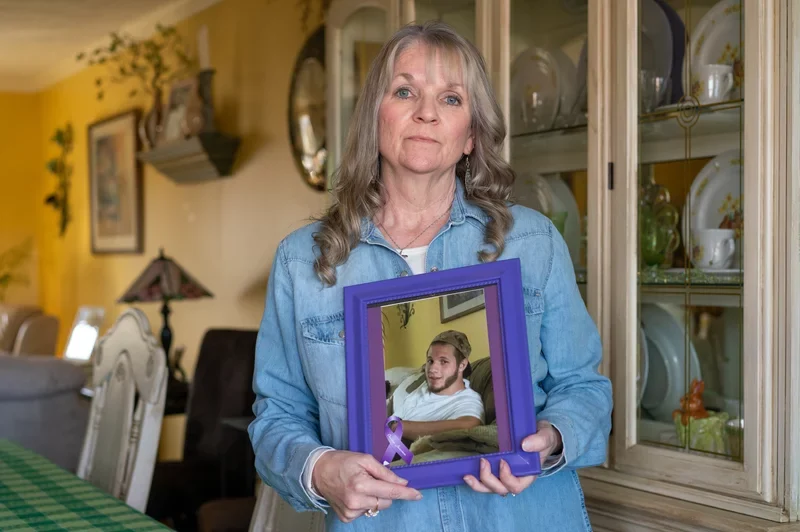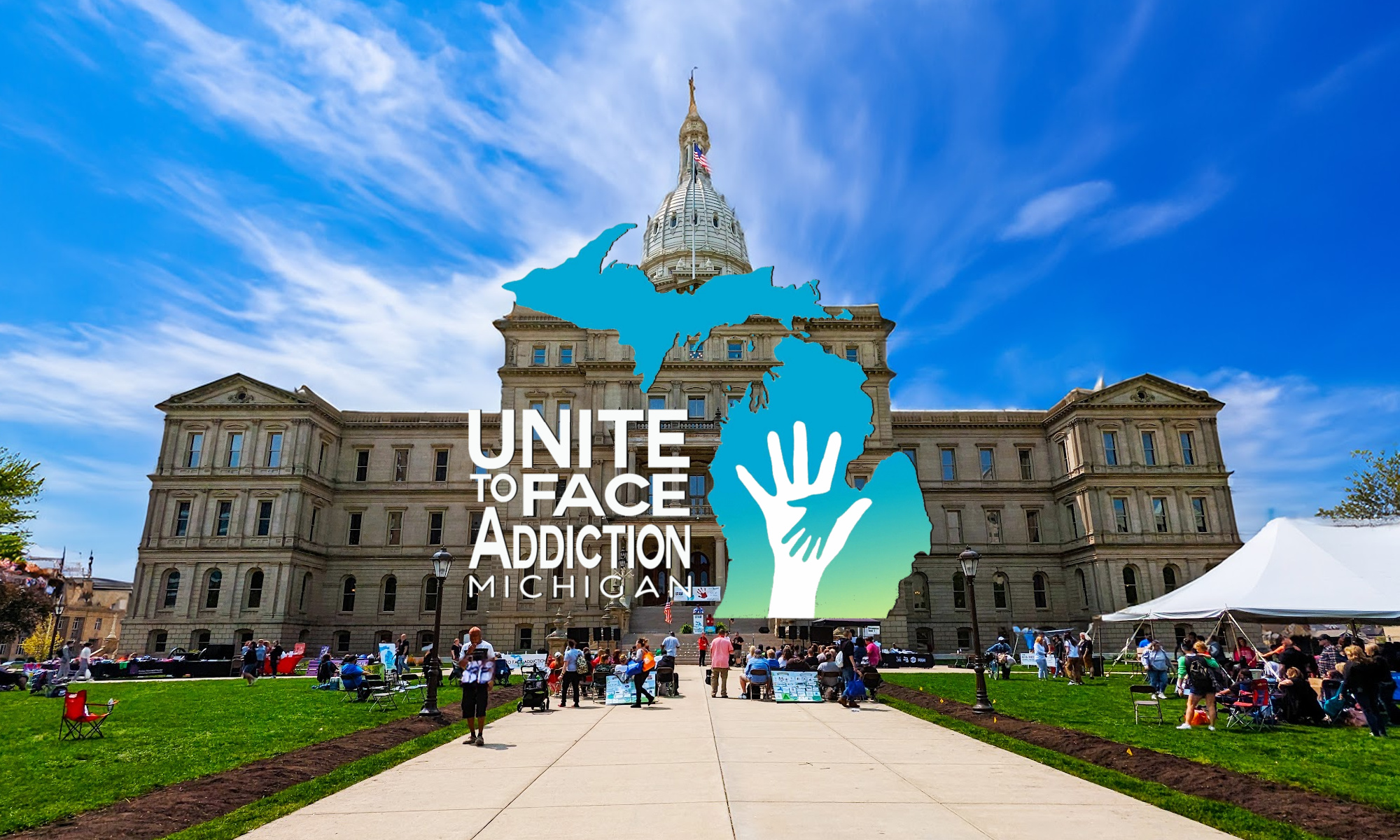
As states start to get opioid settlement cash, few are sharing how they spend it

Since last spring, drugmakers and distributors have sent out about $3 billion in opioid settlement funds to thousands of state and local governments. It's a start on paying what the companies agreed to after they were accused of flooding communities around the country with opioid painkillers that have left millions addicted or dead.
All told, these companies, along with several large retail pharmacies, will pay more than $50 billion over the next 15 years. That's an enormous amount of money — double NASA's budget and five times the revenue of an NBA season.
But how state and local governments choose to deploy that massive windfall seems to be shrouded in mystery. Reporting requirements are scant, and documents filed so far are often so vague as to be useless.
Most of the settlements stipulate that states must spend at least 85% of the money on addiction treatment and prevention. But defining those concepts depends on stakeholders' views — and state politics. To some, it might mean opening more treatment sites. To others, buying police cruisers.
Spending the money effectively and equitably is a tall order, given the persistence and complexity of addiction, which affects individuals and communities, and is the topic of heated debates in scientific research, social services, politics, criminal justice, and even at kitchen tables.

